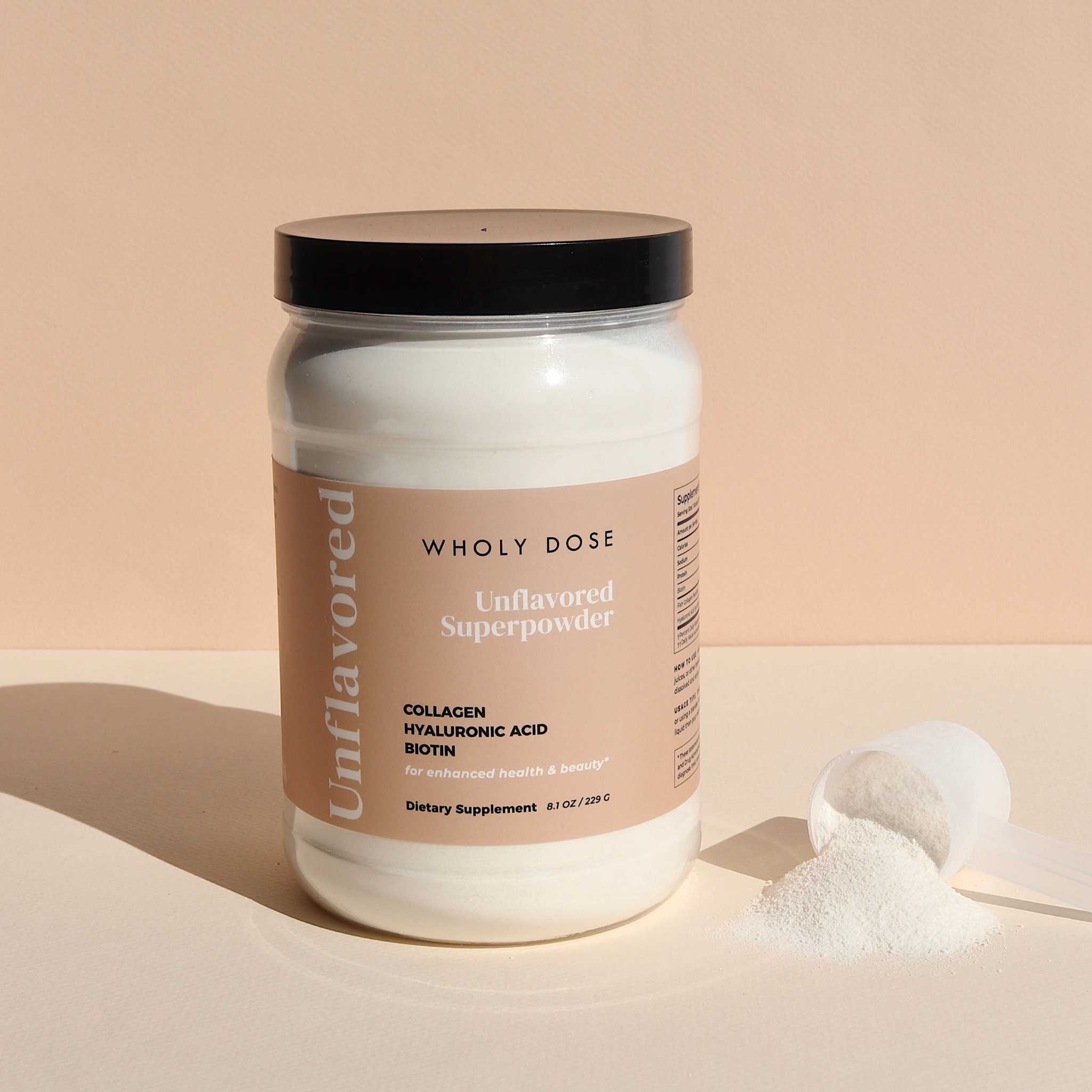
Women Hair Loss Causes & Solutions
Hair growth is a result of what is happening under the surface. Think of the growth of hair similar to flowers in a garden.
Wendy Roberts, MD, a dermatologist at a private practice in Rancho Mirage, CA explains that just “like a garden, a normal hair cycle should lead to a product, which is the hair.” She states further “growth cycles are important because when they go awry, that is one of the reasons we have hair loss.”
Many things can interfere with this hair growth cycle, such as illness, infection, medication, or the use of harsh chemicals – which all have the potential to stop hair from growing properly.
Then there's the scalp, which involves several crucial factors for hair growth to function properly and to avoid hair loss and thinning. Roberts explains further, “it’s a very dynamic place and anything that can get the cycle off can cause hair loss.”
While hair loss may be more commonly known as a greater problem for men, women are just as likely to lose hair, or have thinning falling hair. Most women notice hair loss in their 50s or 60s, and as early as 30s – hair loss and thinning can happen at any age for a number of reasons.
How Hair Grows
Hair growth occurs in three different cycles: anagen, catagen, and telogen. About 90% of the hair on your head is in the anagen cycle, which is the growth phase. This can last anywhere from two to eight years – yes, hair growth takes time! The transition cycle, also known as the catagen, lasts two to three weeks, during which the hair follicles shrink. The last cycle, telogen, lasts two to four months and is when the hair rests.
For a majority of the time, hair on the scalp is in the growing phase. For about 10% of the remaining time, hair is in the transition or resting phase. Hair grows about six inches in a year for most people, although those dealing with hair growth issues experience less hair growth during this period.
Signs of Hair Loss
There are signs of hair loss that women can look for. While men’s hair recedes from the forehead back, women tend to get hair thinning (hair falling), which look like areas with less hair on the head. Or, women experience large clumps of hair falling out with brushing, pulling, showering, hair styles, hair drying, or generally falling.
While sometimes hair near the crown will stay intact, Nicole Rogers, MD, of Old Metairie Dermatology in Metairie, LA explains that women can see greater amounts of hair loss at the front when their hair is pulled back. From a medical point of view, Rogers explains that when a patient comes in with concerns about hair loss, there are many factors that lead to hair loss. Blood work can be taken to ensure that the thyroid gland or an autoimmune disease is not the cause of hair loss.
Genetic Hair Loss
Another way to identify hair loss is by looking at your family line, such as your grandmother or mother. Roger’s explains that if they have similar or larger amounts of hair loss, the causes may be genetic. By magnifying the scalp, you can see if your hair follicles vary in size between thick and thin. This can be a sign of female pattern hair loss, also known as androgenetic alopecia.
According to the America Academy of Dermatology, androgenetic alopecia is a hereditary condition that affects about 30 million women in the United States alone. Similarly, Rogers states that that is the most common kind of hair loss she sees in her patients, resulting in about 50% of women. Although it mostly occurs in the late 50s or 60s, it can happen at any time, even during teenage years,
While in most women, when a hair follicle is shed, it is replaced by hair that is equal in size – in female-pattern hair loss, the new hair follicle is more fine or thin, Rogers explains. The hair follicles begin to shrink, and eventually they quit growing altogether.
FIGHT HAIR LOSS & THINNING, GROW STRONGER AND LONGER HAIR
COLLAGEN + BIOTIN HAIR SUPPLEMENT VITAMINS
Medical Hair Loss Conditions
When hair is magnified, if the hair follicles are uniform in size, or, if the hair loss is sudden, the causes can be medical rather than hereditary, Rogers explains.
While there are a wide range of causes that can result in hair loss, the most commonly experienced are pregnancy and postpartum hair loss, thyroid disorders, and anemia. Other causes also include autoimmune disorders, polycystic ovary syndrome (also known as PCOS), and other skin conditions like psoriasis and seborrheic dermatitis.
And, it is commonly thought that there is a connection between menopause and hair loss, Roberts explains that there is not a direct correlation. Rather, hair loss and menopause occur at the same age.
Roberts also explains that other sources of hair loss can include extreme stress, physical trauma, illness, dramatic weight loss in a short period of time, or too much Vitamin A. With these causes in mind, hair loss can occur within a few weeks to a six months. She explains, “Someone can have surgery and be just fine and then two weeks later their hair starts falling out, resulting in something very scary when it starts falling out in big clumps.”
How to Care for and Treat Hair Loss
Other common causes of hair loss include treatments such as hair dyes, chemicals, excessive heat from blow dryers and flat irons, or hairstyles like cornrows or tight braids. This also includes brushing too much and excessively towel drying.
In most cases, hair will grow back or the hair loss can be reversed with treatment or with a hair supplement regimen such as Wholy Dose's hair growth supplements that contain natural hair growing ingredients: marine collagen, biotin, and hyaluronic acid.
However, it is important to see a dermatologist if there seems to be something excessively wrong. With hair loss, the sooner treatment begins, the greater the chances are for improving your growth cycle.
















